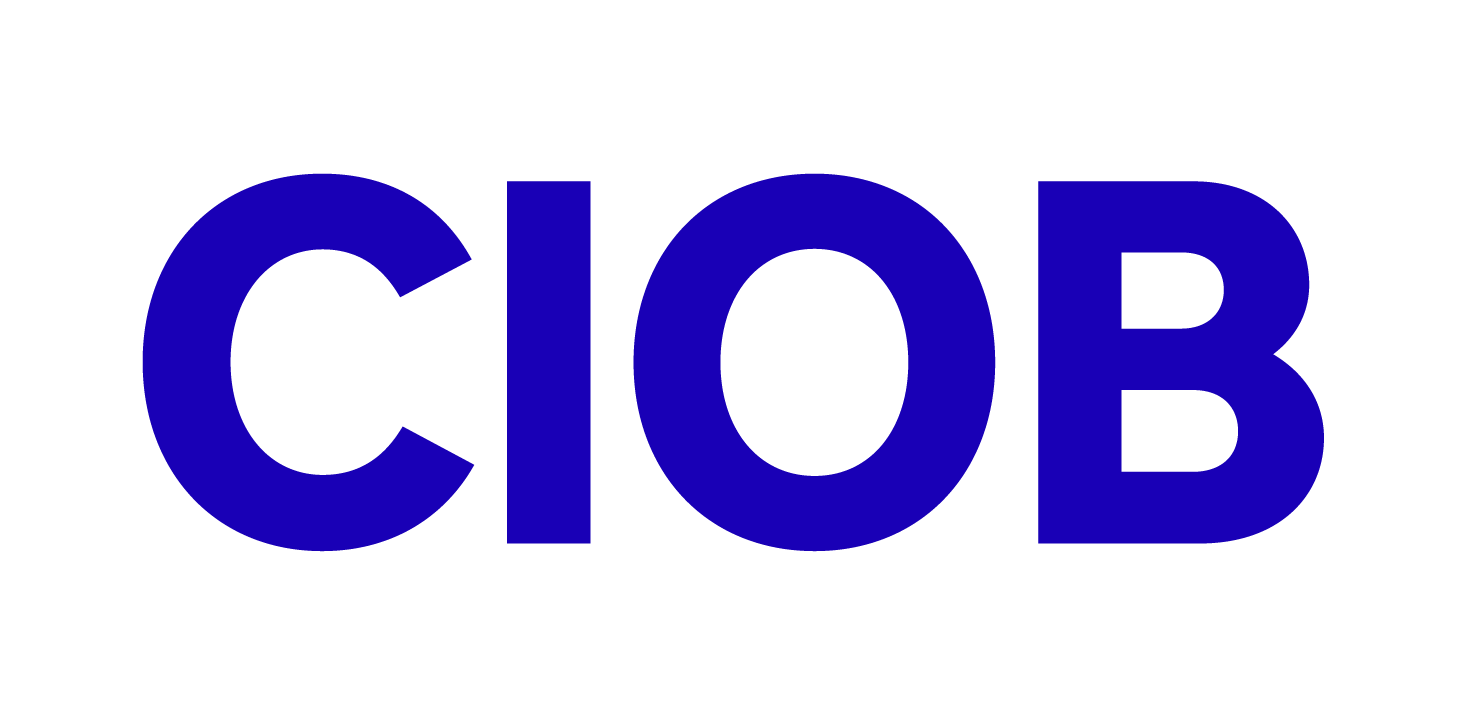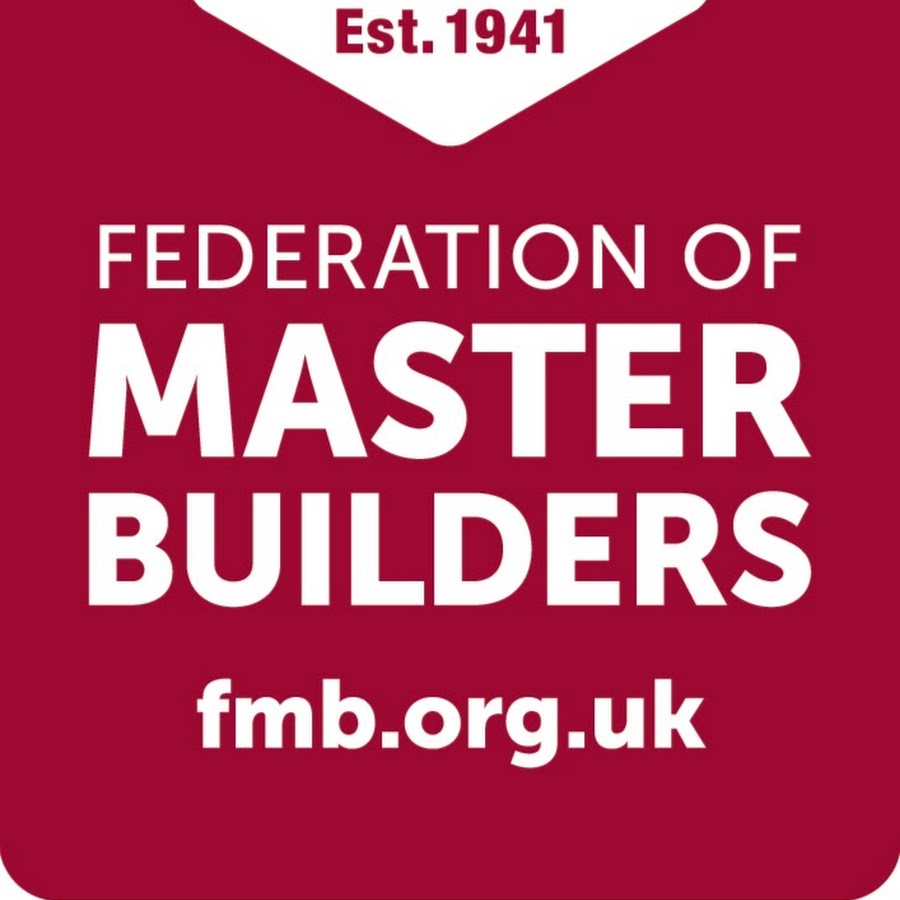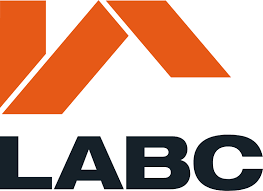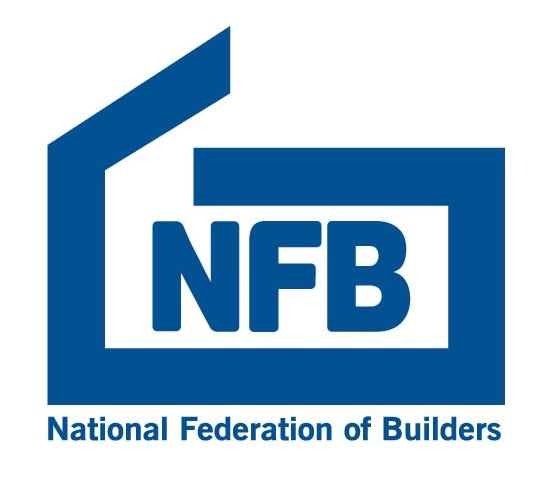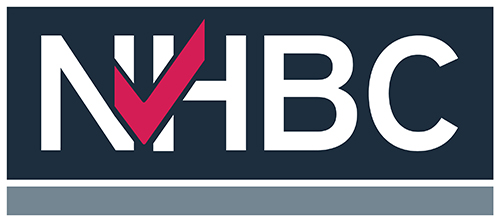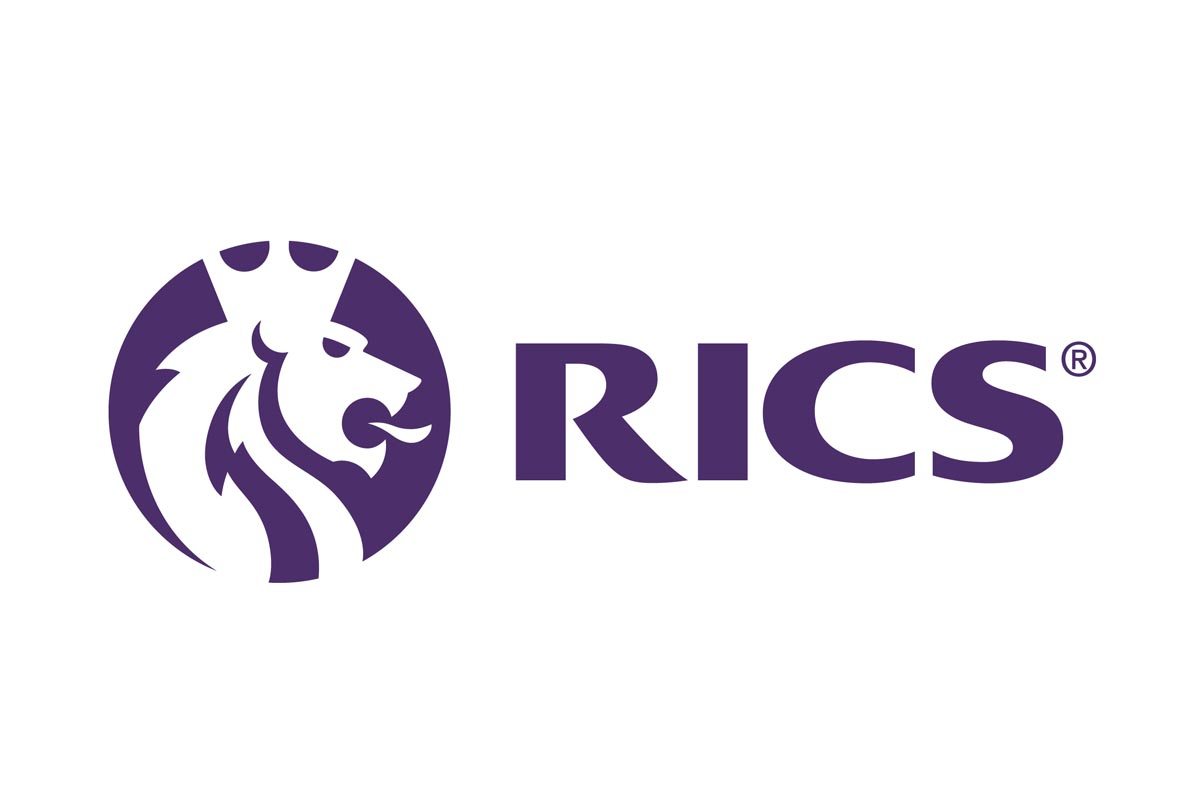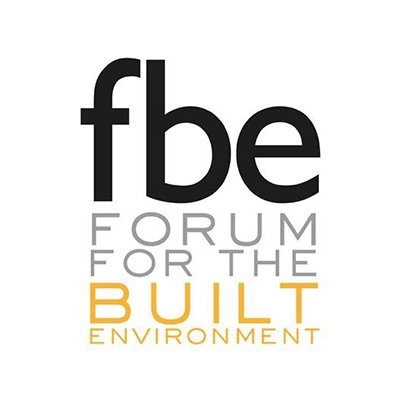Do we need a new, open innovation model?

Our challenging missions and theme group objectives – to add value to the construction process, to address the climate crisis, to enhance quality and compliance, to drive innovation and best practice to adopt Smart construction, and to procure on value – or all crying out for innovation.
This month, Martyn Jones asks if we need a new innovation model or framework to help us shape and implement the innovations needed to fulfil these missions and deliver the objectives of our theme groups.
Innovation models help us by providing frameworks or templates to identify, evaluate, advance, and implement ideas and focus on the strategies needed to create the value we are seeking.
From the 1990s onwards our thinking on innovation has been influenced by Roy Rothwell, a British sociologist, a pioneer in industrial innovation and innovation management. He viewed innovation as a multi-factor process which was instigated and sustained through the formation of networks and alliances based on collaboration and more creative relationships.
This chimed, of course, with the ethos and culture of the Constructing Excellence movement. But that was then and this is now, so will Rothwell’s model still cut the mustard given the change in context and the scale of the challenges and opportunities we now face?
Some argue we need to transition from Rothwell’s 5th generation model, as it was termed, to a new 6th generation model of innovation management – the open innovation model.
Open innovation challenges the idea that creativity must come from within an organisation or its network of suppliers, or indeed a particular industry. Instead, organisations pursing open innovation seek external ideas wherever they exist with an ‘outside-in’ and ‘inside-out’ approach sourcing ideas from external sources as well as internal ones.
It is about utilising the purposeful inflows and outflows of knowledge to accelerate innovation internally and externally whilst also expanding the market opportunities for the external adoption of the innovation.
It means sharing knowledge and information about problems and looking to people both inside and outside the organisation and its conventional or orthodox supply chains for ideas and possible solutions and new market opportunities.
Instead of the secrecy and silo mentality of much traditional thinking, open innovation invites a wider group of people to participate in problem-solving and product and process development.
According to Henry Chesbrough, an American organisational theorist, “open innovation is a more distributed, more participatory, and more decentralized approach to innovation”, arguing that this decentralised approach opens up access to external knowledge and new ways of thinking and doing things. It gives businesses and organisations the ability to access new (and sometimes ‘left-field’ or unusual) ideas for new products and services.
But organisations need to manage the process closely, making sure it is consistent with their purpose, missions, and brand values, and recognising that it requires a shift in culture that can take a lot of time and effort to instigate and manage effectively.
It requires a different approach to project management with organisations needing to let go of the idea of ownership and control of current processes and be open to external paths for new technologies, processes, and new sources of innovation.
Open innovation can be adopted in different ways. It is shaped by context, the nature of the industry or sector, the innovation trajectories of the organisation and its network of suppliers, and their appetite for involving external parties.
It might start with Intrapreneurship, a way of finding and supporting innovative talent within our own organisations or businesses. Encouraging and supporting individuals to act more like entrepreneurs, to be more self-motivated, curious, proactive, and action-oriented people with the initiative to pursue an innovative product or service.
And it can be adopted by applying 5th generation principles beyond the organisation’s boundaries, setting key partners in their network of project partners, suppliers, and specialist contractors, innovation challenges to gather ideas, collectively find solutions and create new markets.
Looking outwards beyond our normal network of suppliers, forging partnerships with startups is another way to work together to find a solution to an identified problem. Startups are companies founded to develop a unique product or service, bring it to market and make it irresistible and irreplaceable for customers.
An extension of, and more proactive approach to partnering with startups, is to establish startup incubators or accelerators. This is like a partnership, but also involves the more established organisation investing equity in the startups and their ideas.
From a Constructing Excellence perspective, co-creation labs are an interesting concept associated with open innovation. These are ‘places’ dedicated to innovation, with the resources, mentoring, and knowledge needed to explore challenging questions and exploit opportunities.
Such labs can be either internal to an organisation or perhaps more fruitfully convened externally involving clients, customers, suppliers, startups, and other potential partners.
And we have done it before: The Bristol CE Club’s Specific Innovation Clusters and its Here to Learn workshops have demonstrated how the CE movement can bring together people with diverse ideas and knowledge to creatively tackle issues and shape new ideas.




